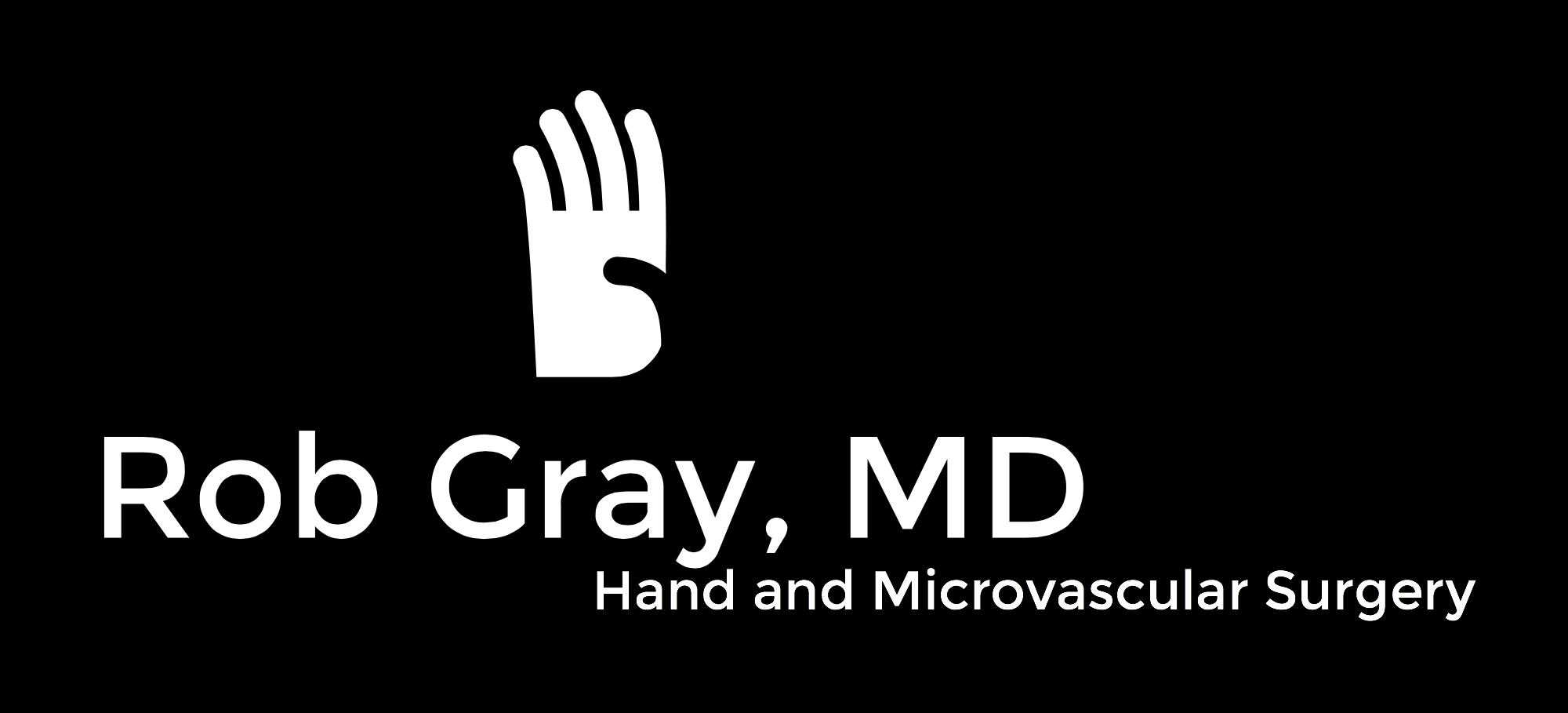Olecranon Fractures--Rob Gray, MD Chicago NorthShore Orthopaedic Institute
Rob Gray, MD elbow fractures Chicago North Shore Orthopaedic Institute
Olecranon fractures are among the most common fractures or breaks of the human elbow. Most of these injuries require surgical intervention and fixation with plates and screws or pins and wires, though some can be treated in a brace if they are not displaced. In patients with displaced fractures or breaks that go into the joint (intraarticular fractures), surgery is often recommended and offers a faster rehabilitation potential. Prolonged immobilization in the elbow can lead to significant stiffness, so operative fixation and early mobilization are preferred.
Olecranon Fractures (Broken elbow)
Olecranon fractures are among the most common fractures or breaks of the human elbow. Most of these injuries require surgical intervention and fixation with plates and screws or pins and wires, though some can be treated in a brace if they are not displaced. In patients with displaced fractures or breaks that go into the joint (intraarticular fractures), surgery is often recommended and offers a faster rehabilitation potential. Prolonged immobilization in the elbow can lead to significant stiffness, so operative fixation and early mobilization are preferred.
If you have a broken elbow (olecranon, humerus, or radial head fracture), call for a consultation today. If surgery is needed, patients do better if the operation is performed within about 1-2 weeks.
Pictured here is an olecranon fracture treated with a fracture plate and a capitellar fracture of the distal humerus treated with buried screws. This construct allows immediate stability and early range of motion to limit stiffness and the formation of extra bone (heterotypic ossification) which is common in elbow injuries.

